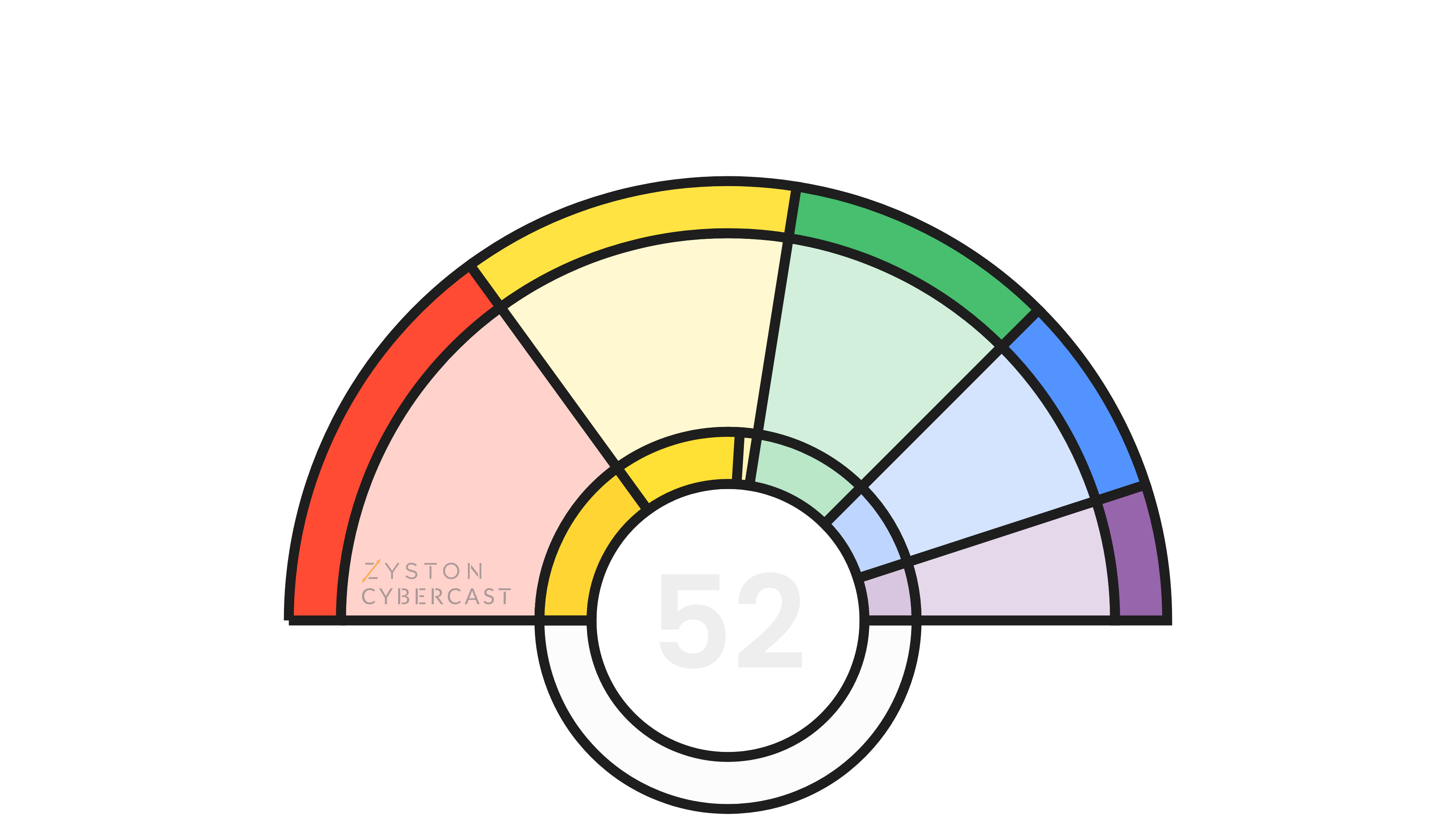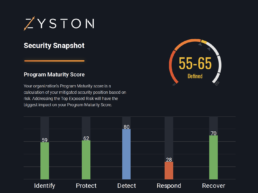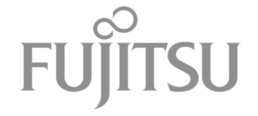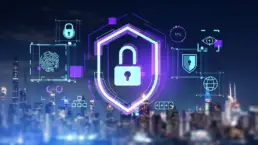In today’s increasingly complex cybersecurity landscape, businesses of all sizes face a relentless barrage of cyber threats. As these threats evolve, so too must the strategies and frameworks organizations employ to defend against them. Measuring and improving cybersecurity maturity is no longer a choice but a necessity. Among the many frameworks available, the National Institute of Standards and Technology’s Cybersecurity Framework (NIST CSF) has emerged as the gold standard. The release of NIST CSF 2.0 has further solidified its position as the superior framework for measuring cybersecurity maturity, offering businesses a holistic approach to managing and reducing risk.
NIST CSF 2.0: A Comprehensive and Adaptive Framework
NIST CSF 2.0 builds upon the strong foundation laid by its predecessor, incorporating significant enhancements that make it even more effective for modern cybersecurity challenges. At its core, NIST CSF is designed to help organizations of all sizes and industries manage and reduce cybersecurity risk in a structured, repeatable, and cost-effective manner. The framework is composed of six core functions: Identify, Protect, Detect, Respond, Governance, and Recover. These functions represent a comprehensive approach to cybersecurity, encompassing everything from asset management and risk assessment to incident response and recovery planning.
What sets NIST CSF 2.0 apart from other frameworks is its adaptability. It is not a one-size-fits-all solution; instead, it is flexible and scalable, allowing organizations to tailor its implementation to their specific needs and risk environments. This adaptability is crucial in today’s dynamic threat landscape, where the ability to pivot and adjust cybersecurity strategies is key to maintaining resilience.
Measuring Cybersecurity Maturity with NIST CSF 2.0
One of the standout advantages of using NIST CSF 2.0 as a baseline framework is its efficacy in measuring cybersecurity maturity. Cybersecurity maturity refers to the degree to which an organization’s cybersecurity practices are optimized, consistent, and integrated across all levels of the organization. A mature cybersecurity program is not just reactive; it is proactive, predictive, and resilient – the ultimate shift left within an organization.
NIST CSF 2.0 enables organizations to assess their cybersecurity maturity in a structured manner, using its six core functions and categories as benchmarks. By evaluating performance against these benchmarks, businesses can identify gaps, prioritize improvements, and track progress over time. This systematic approach ensures that cybersecurity efforts are aligned with business objectives and risk tolerance, ultimately leading to a more robust security posture.
The Holistic Impact of NIST CSF 2.0 on Cybersecurity Programs
The holistic nature of NIST CSF 2.0 is one of its most significant strengths. Unlike other frameworks that may focus narrowly on specific aspects of cybersecurity, NIST CSF 2.0 addresses the entire cybersecurity lifecycle. This comprehensive coverage ensures that no critical area is overlooked, from identifying potential threats and vulnerabilities to implementing protective measures, detecting incidents, responding effectively, and recovering swiftly while providing a top level governance strategy aimed at cultivating a more mature posture.
This all-encompassing approach is particularly beneficial for organizations aiming to achieve a high level of cybersecurity maturity. By integrating NIST CSF 2.0 into their cybersecurity programs, businesses can ensure that their defenses are not only robust but also cohesive and well-coordinated. The framework encourages a culture of continuous improvement, where cybersecurity is not treated as a one-time project but as an ongoing, iterative process.
Moreover, NIST CSF 2.0 promotes cross-functional collaboration within organizations. Cybersecurity is not just the responsibility of the IT department; it requires the involvement of all stakeholders, from top executives to front-line employees. NIST CSF 2.0’s emphasis on communication and collaboration fosters a shared understanding of cybersecurity risks and responsibilities, leading to a more unified and effective defense strategy. Context is truly everything and understanding adjacent security relevant impacts across an organization is ket to program maturity.
Reducing Risk with NIST CSF 2.0
CISO’s and practitioners consistently ask, “What is my risk?” At the heart of NIST CSF 2.0 is risk management. The framework is designed to help organizations identify, assess, and mitigate cybersecurity risks in a systematic and repeatable way. By focusing on risk reduction, NIST CSF 2.0 ensures that cybersecurity efforts are targeted where they are most needed, optimizing resource allocation and minimizing the potential for costly breaches.
NIST CSF 2.0’s risk-based approach is particularly advantageous in today’s business environment, where resources are often limited, and threats are constantly evolving. The framework provides a clear and structured method for prioritizing risks based on their potential impact, allowing organizations to focus on the most critical areas first. This targeted approach not only improves security but also enhances operational efficiency, as resources are used more effectively.
Furthermore, NIST CSF 2.0’s emphasis on continuous monitoring and assessment ensures that risk management is an ongoing process. Organizations can regularly reassess their risk environment, adjust their controls and strategies as needed, and stay ahead of emerging threats. This proactive stance is essential for maintaining resilience in the face of ever-changing cyber risks.
CyberCAST: Driving Maturity with NIST CSF 2.0
While NIST CSF 2.0 provides a powerful framework for measuring cybersecurity maturity, its effectiveness can be further enhanced with the right tools. One such tool that stands out is CyberCAST. CyberCAST is designed to operationalize NIST CSF 2.0, helping organizations assess and improve their cybersecurity maturity in a structured, automated manner. In this vein, CyberCAST becomes a force multiplier for continually measuring and adopting a far superior posture within a cyber security program.
CyberCAST offers a comprehensive assessment of an organization’s cybersecurity program, benchmarking it against NIST CSF 2.0’s core functions and categories. The tool provides detailed insights into where an organization stands in terms of maturity, identifies gaps, and offers actionable recommendations for improvement. This level of detail is invaluable for organizations looking to elevate their cybersecurity posture and achieve a higher level of maturity.
Moreover, CyberCAST facilitates continuous improvement by enabling organizations to track their progress over time. By regularly reassessing their cybersecurity maturity with CyberCAST, businesses can ensure that they are moving in the right direction and making meaningful progress towards their security goals.
Another key advantage of CyberCAST is its ability to generate reports and dashboards that provide a clear and concise view of an organization’s cybersecurity maturity. These reports are not only useful for internal stakeholders but also for external parties such as regulators, auditors, and customers, who may require evidence of an organization’s cybersecurity efforts. By providing this level of transparency and accountability, CyberCAST helps organizations build trust with their stakeholders and demonstrate their commitment to cybersecurity.
Conclusion: The Clear Choice for Cybersecurity Maturity
In the battle against cyber threats, measuring and improving cybersecurity maturity is essential. NIST CSF 2.0 stands out as the superior framework for this purpose, offering a holistic, adaptable, and risk-based approach that addresses the entire cybersecurity lifecycle. By using NIST CSF 2.0 as a baseline framework, organizations can achieve a higher level of cybersecurity maturity, reduce their risk, and ensure that their cybersecurity programs are aligned with business objectives.
When combined with a powerful tool like CyberCAST, NIST CSF 2.0 becomes even more effective. CyberCAST enables organizations to operationalize the framework, providing detailed insights, continuous monitoring, and clear reporting that drive improvement and build trust.

For businesses looking to elevate their cybersecurity maturity and reduce risk, NIST CSF 2.0, supported by CyberCAST, is the clear choice. By embracing this framework and tool, organizations can stay ahead of the curve, protect their assets, and ensure their long-term success in an increasingly digital world.

CyberCast Security Reporting
Security reporting that speaks business
Zyston CyberCAST brings the world of cybersecurity metrics up out of the weeds and into the hands of executive decision makers so nothing gets lost in translation. With CyberCAST, your organization gets clear visibility on security risks and also how your organization scores against your industry peers.



















